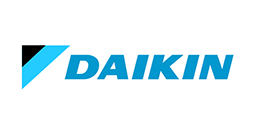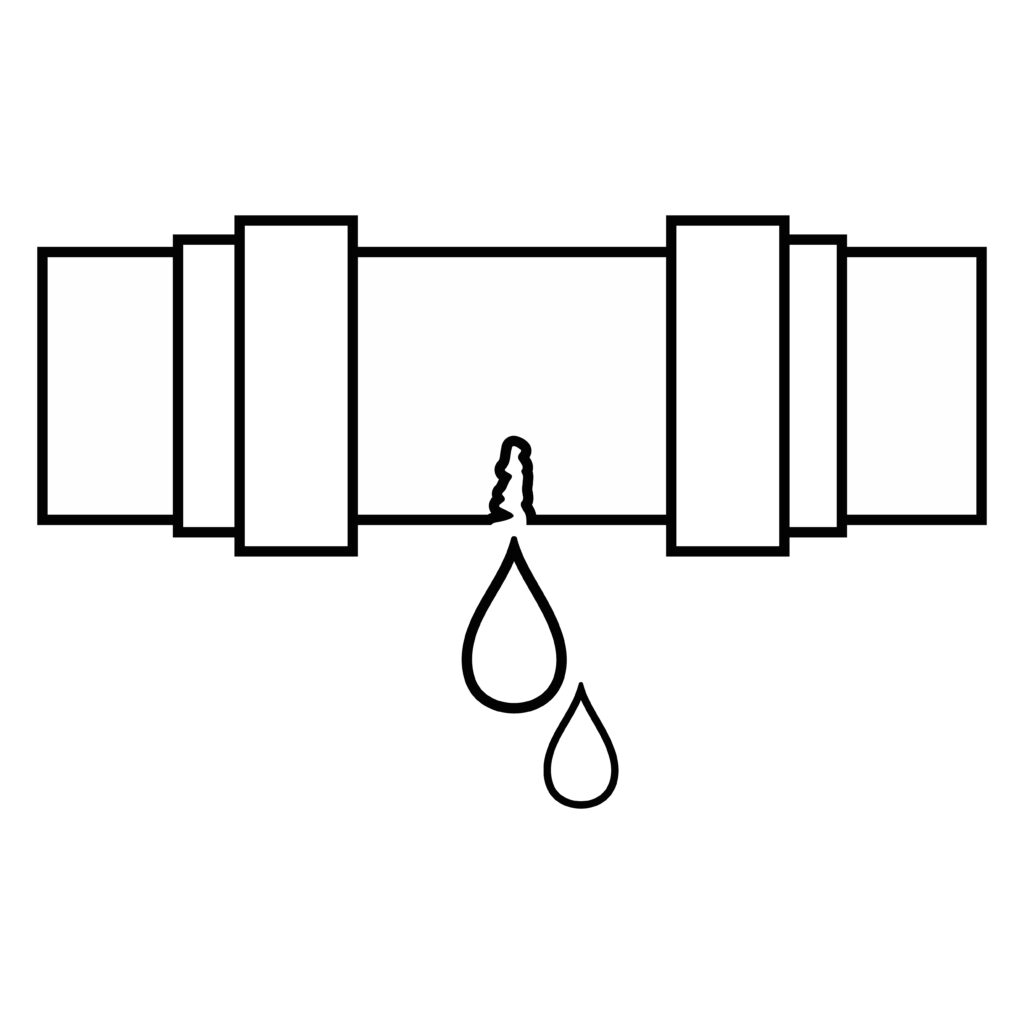SERVICING
An air conditioner’s and refrigeration system’s filters, coils, and fins require regular maintenance servicing for the unit to function effectively and efficiently throughout its years of service. Neglecting necessary maintenance ensures a steady decline in performance while energy use steadily increases.
CHECK FILTERS
The most important maintenance task that will ensure the efficiency of your air conditioner/refrigeration system is to routinely replace or clean its filters. Clogged, dirty filters reduce the amount of airflow and significantly reduce a system’s efficiency. In addition, when airflow is obstructed, air can bypass the filter and deposit dirt directly into the evaporator coil and impair the coil’s heat-absorbing capacity. Replacing a dirty, clogged filter with a clean one can lower your air conditioner’s energy consumption by 5% to 15%
CLEAN COILS
The air conditioner’s/refrigeration system’s evaporator coil and condenser coil collect dirt over their months and years of service. A clean filter prevents the evaporator coil from soiling quickly. In time, however, the evaporator coil will still collect dirt. This dirt reduces airflow and insulates the coil, reducing its ability to absorb heat. To avoid this problem, check your evaporator coil every year and clean it as necessary
INSPECT FINS
The aluminum fins on evaporator and condenser coils are easily bent and can block airflow through the coil. Engineers carry a tool called a “fin comb” that will comb these fins back into nearly original condition.
TEMPERATURE
When your air conditioner or refrigeration system needs more than regular servicing, such as when it does not reduce temperature to the desired level, hire a professional service engineer. A well-trained engineer will find and fix problems in your air conditioning system
What should be checked during a service
- A check for correct amount of refrigerant
- Test for refrigerant leaks using a leak detector
- Capture any refrigerant that must be evacuated from the system, instead of illegally releasing it to the atmosphere
- Check for and seal duct leakage in central systems
- Measure airflow through the evaporator coil
- Verify the correct electric control sequence and make sure that the heating system and cooling system cannot operate simultaneously
- Inspect electric terminals, clean and tighten connections, and apply a non-conductive coating if necessary
- Oil motors and check belts for tightness and wear
- Check the accuracy of the thermostat







